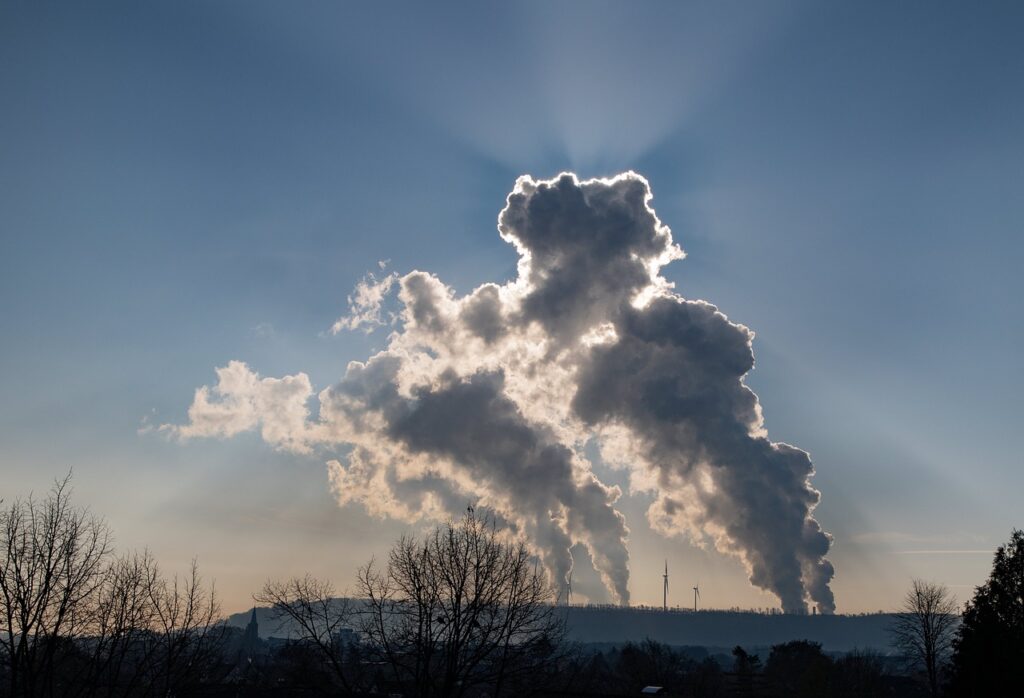What is happening?
As part of wider action on industrial decarbonisation, the UK Emissions Trading Scheme (UK ETS) applies carbon pricing to energy-intensive industries, the power generation sector, and aviation. UK ETS was introduced on 1st January 2021 as a replacement to the pre-existing European Union Emissions Trading Scheme (EU ETS). The introduction of carbon pricing creates the risk of carbon leakage as affected organisations may be tempted to move production to another jurisdiction where decarbonisation may be occurring at a slower pace and carbon pricing may be lower.
To mitigate this risk, UK Government is introducing a Carbon Border Adjustment Mechanism (UK CBAM). This will apply a liability to imported goods based on their greenhouse gas (GHG) emissions intensity and the gap between the carbon price applied in the country of origin and the carbon price that would have been applied had the same goods been produced in the UK. Implementation is planned for 2027.
Who is affected?
UK CBAM liability will apply to the importer of products within scope. Initially this will be limited to import of the most GHG emissions intensive industrial goods from the aluminium, cement, ceramics, fertiliser, glass, hydrogen, iron, and steel sectors. The precise list of products in scope is expected to be subject to consultation in 2024. UK CBAM is expected to align with UK ETS and apply to Scope 1, Scope 2, and select Scope 3 emissions associated with the production of affected imported products.
What does this mean for affected organisations?
UK-based importers of products from one of the affected sectors outlined above will have to understand the GHG emissions associated with the affected goods they import. This will require engagement with suppliers in order to source accurate emissions data and enable accurate calculation of the effective carbon price for which importers will be liable.
Whilst implementation is still several years away and initially limited to certain sectors and emissions, coverage is expected to increase with time and early engagement with the plans and their implications for affected importer’s operations is recommended.
How can we help?
ITPEnergised’s team of trusted advisors has extensive experience of supporting clients from a wide range of sectors to map and quantify their supply chain emissions. Our experience is that there is huge variability of data availability, quality and overall preparedness when investigating supply chain carbon; improvements are always possible, and it is never too early to start.
We will be tracking the details of UK CBAM as they emerge this year. If you are looking for support around GHG emissions mapping and quantification, thinking about how to design a supplier engagement strategy, or just looking for a chat about UK CBAM and what it might mean for your organisation then get in touch with Calum Bruce on calum.bruce@itpenergised.com.
You can download a PDF of Understanding the Carbon Border Adjustment Mechanism here.

